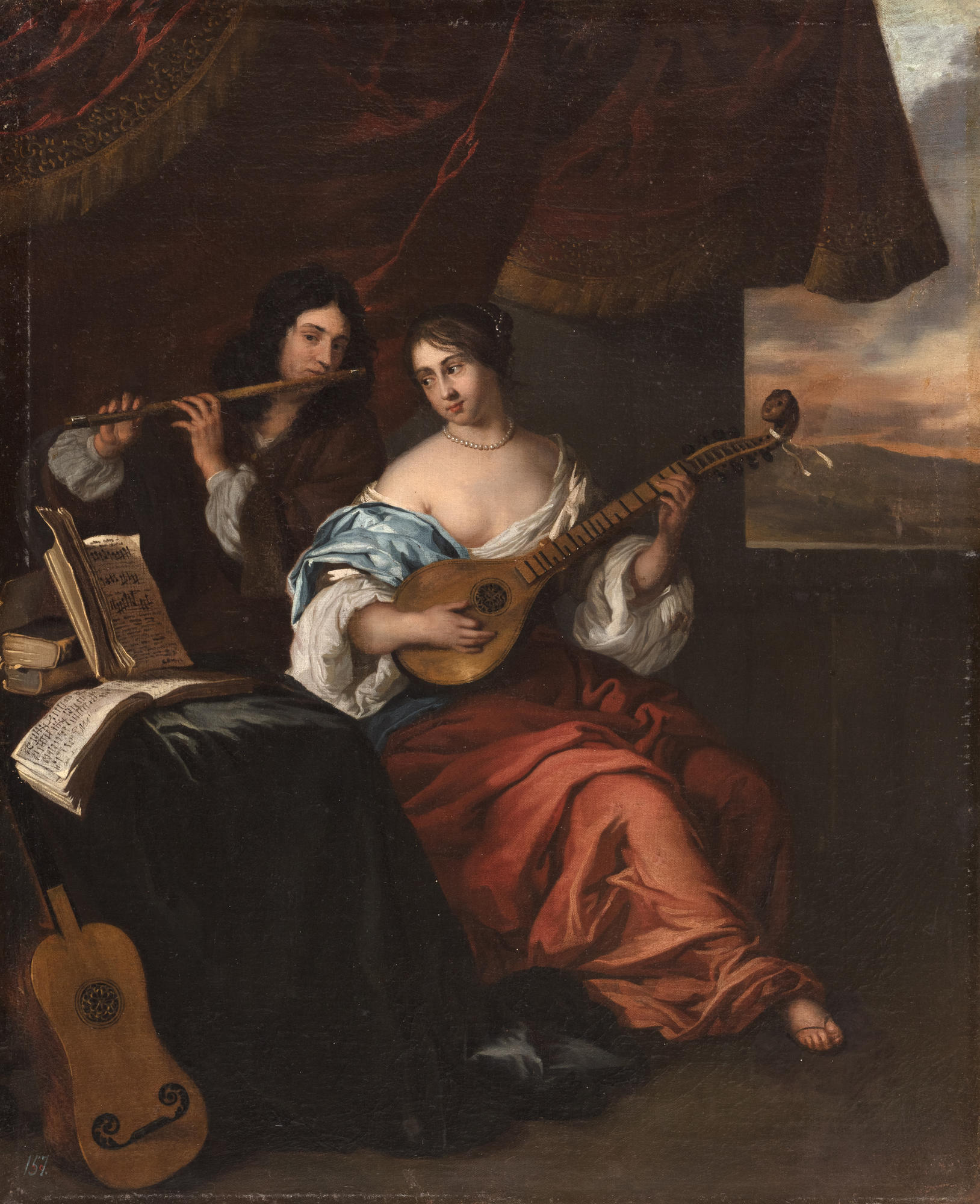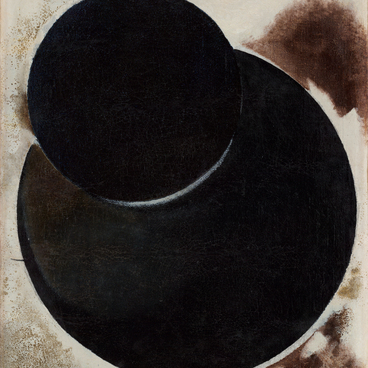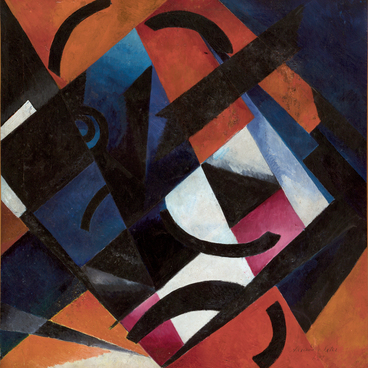Charles (Carle)-Andre Van Loo (1705–1765) belonged to a famous artistic dynasty. He was the first among the artists at the court of Louis XV to embody the ideals of the French Rococo in his paintings. In this frivolous and fancy style, painters created elegant canvases to the delight of the aristocratic public.
Concert
Время создания
XVIII century
Размер
73x60 cm
Техника
Oil, canvas
Коллекция
Выставка
#1
Charles-Andre van Loo
Concert
#2
#3
Van Loo’s name even became a common noun, as the term “Vanloterian manner” was used to denote idyllic pretentious paintings personifying escape from reality.
#4
Ch. Van Loo. Four Types of Arts: Music. Source: private collection
In the XVIII century, Charles-Andre van Loo became famous as a master of decorative compositions and portraits. The artist’s creative career began when he was barely seven years old. After the death of his father, the boy’s elder brother Jean-Baptiste accepted Charles-Andre into his family. Together with him, the future artist moved to Italy where he studied the basics of painting and sculpture.
#5
Ch. Van Loo. Portrait of Empress Elizabeth Petrovna. 1760. Source: Peterhof
Returning to Paris in 1735, Charles-Andre van Loo rapidly rose to success becoming a professor, and later the principal, of the Royal Academy for Painting and Sculpture. Soon he also became First Painter to the King of France. Denis Diderot, writer and Enlightenment philosopher, wrote to Empress Catherine the Great to take a closer look at Van Loo. The artist painted the portrait of another Russian empress, Elizabeth of Russia (Elizaveta Petrovna).
#8
The Western European arts collection of the Dagestan Museum of Fine Arts presents one of the artist’s smaller works. It depicts a couple playing music. Music was an intrinsic element of picnics which had become popular in the epoch of Louis XV and his predecessor. Just look at the paintings by another major master whose name is associated with the formation of the rococo style, Antoine Watteau.
#6
Antoine Watteau. Mezzetin. 1717–1719. Source: Metropolitan Museum
Van Loo largely followed Watteau. He depicted young people playing music alone or surrounded by a few friends. The artist focused on subtle color transitions and chose a delicate pastel palette that did not involve conspicuous contrasts. The XVIII century is called ‘gallant’ for a reason, and Charles-Andre van Loo’s artwork fits exactly into that definition, as it existed solely to delight the viewer.
#7
The picture almost did not reflect the realities of the XVIII century. Rather, its goal was to illustrate the tastes of the French upper class who sought pleasant feelings and idle amusements. During this period music lessons were extremely popular, and every nobleman wanted to become a virtuoso.
This theme is widely represented in the history of art. At various times, concert was portrayed by Titian and Caravaggio, Jan Vermeer and Edgar Degas.
This theme is widely represented in the history of art. At various times, concert was portrayed by Titian and Caravaggio, Jan Vermeer and Edgar Degas.
#9
P.S. Gamzatova Dagestan Museum of Fine Arts
читать дальшескрыть
00:00
00:00
1x
Concert
Время создания
XVIII century
Размер
73x60 cm
Техника
Oil, canvas
Коллекция
Выставка
Открыть в приложении
Поделиться






